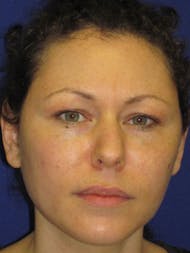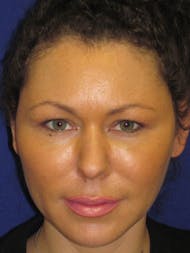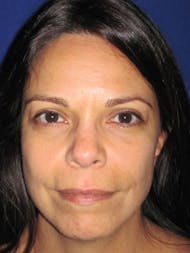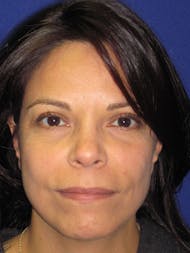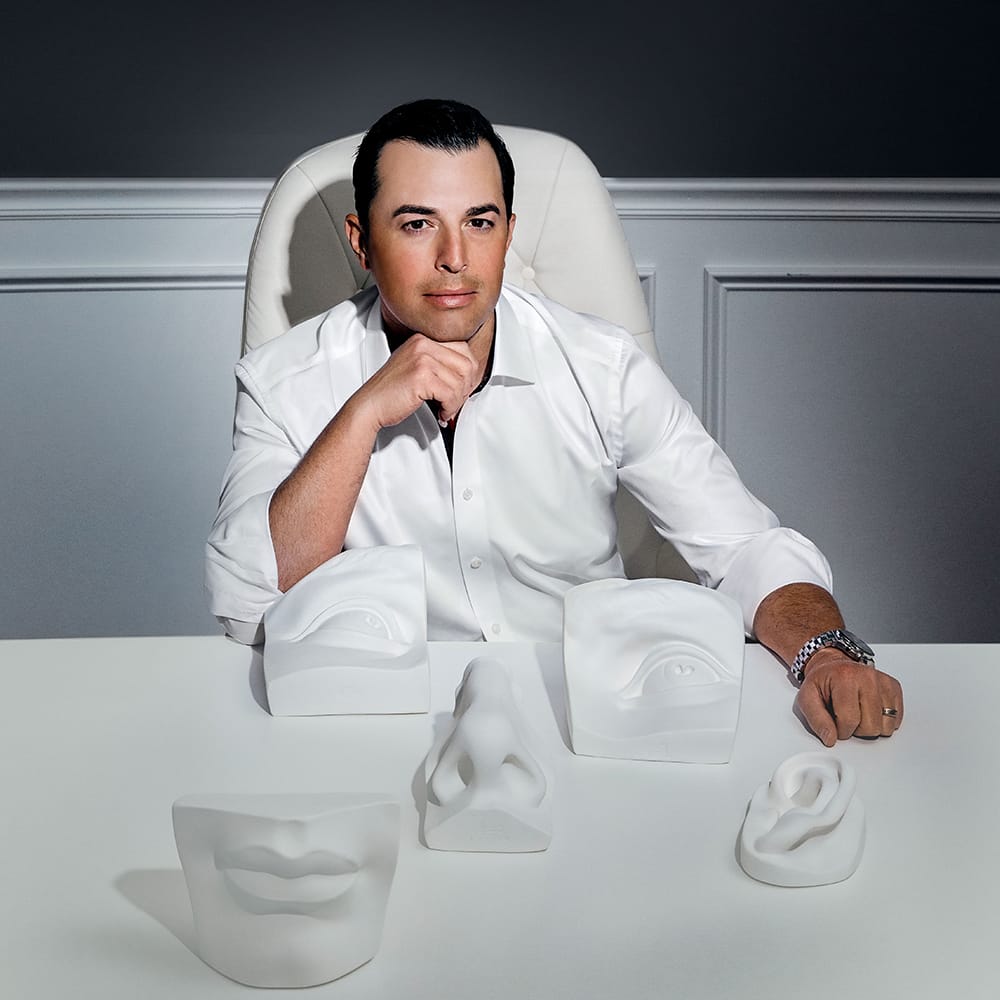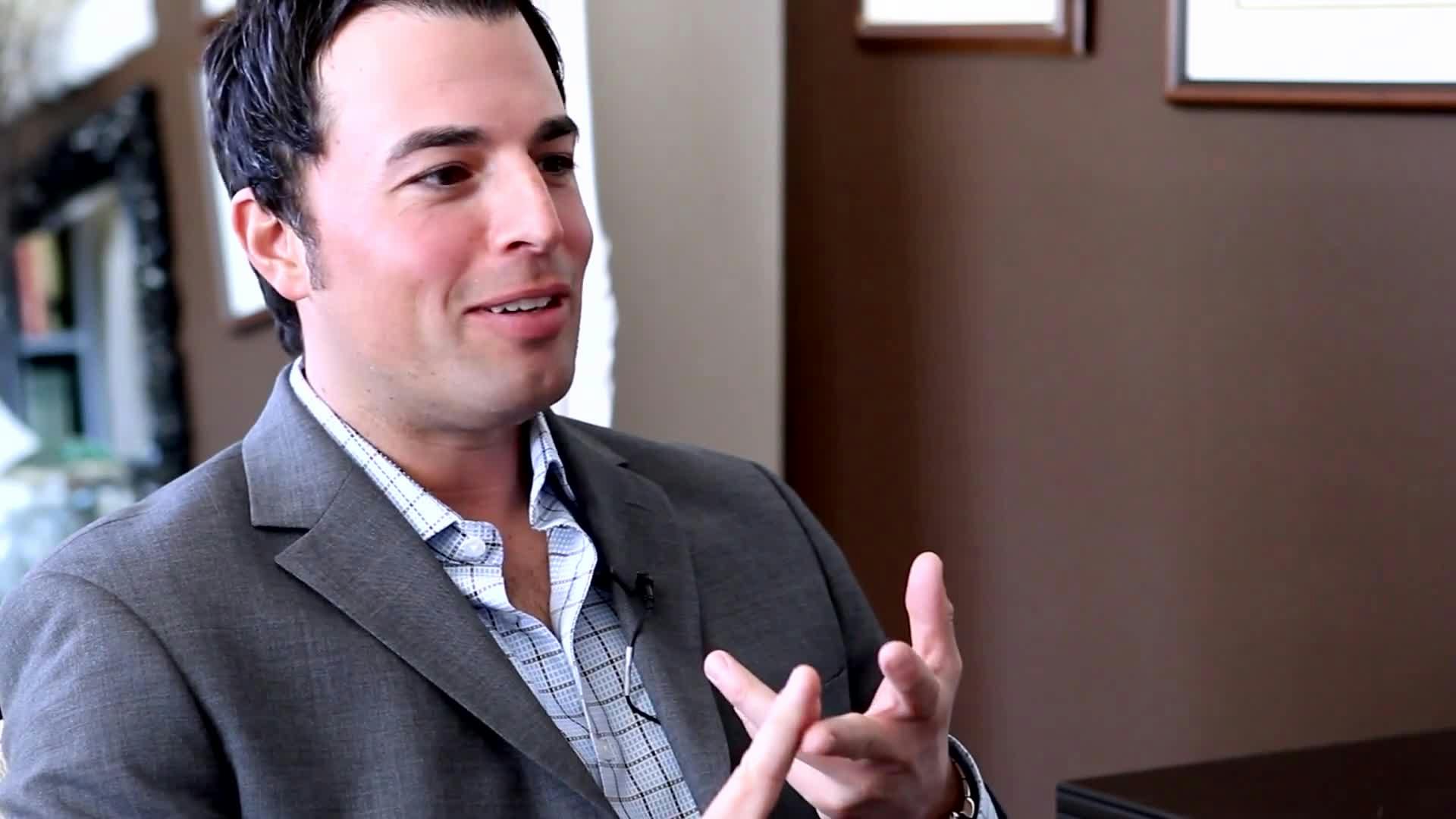Fat… An Excellent Natural Filler Material
The selection of autologous fat (a patient’s own fatty tissue) as a filler is widely recognized among top Philadelphia cosmetic surgeons as one of the most fundamental materials for use in facial and body augmentation. Fat can be utilized as a filler substance for cosmetic and reconstructive procedures in cases where volume loss needs to be addressed. Fat provides a soft and natural feeling filler that can be harvested with very low risk, has no risk of an allergic reaction, and lacks risk of disease transmission. Fat is also readily available in abundant stores making it a low-cost filler medium that can be harvested from the patient’s own body (usually hips or abdomen) in large amounts. Patients need not worry about how much filler they are using because fat is harvested directly from their own bodies at no cost.



